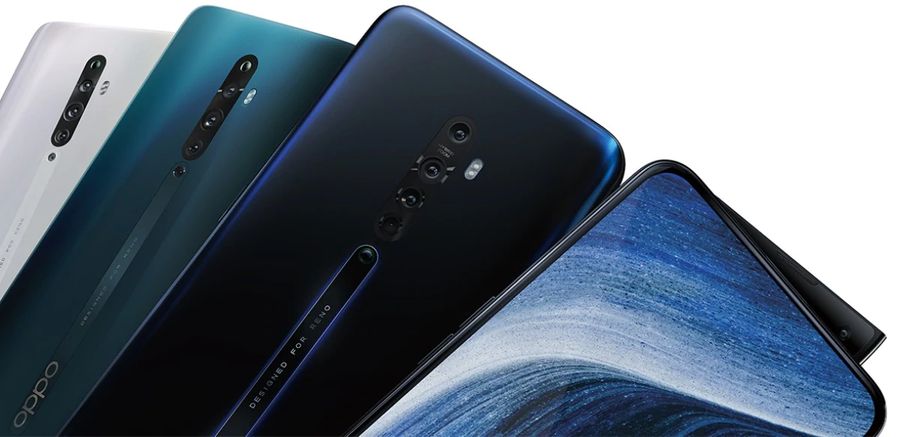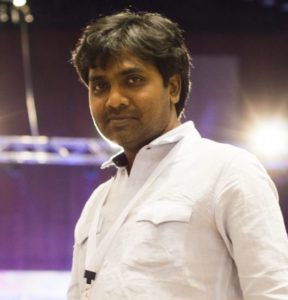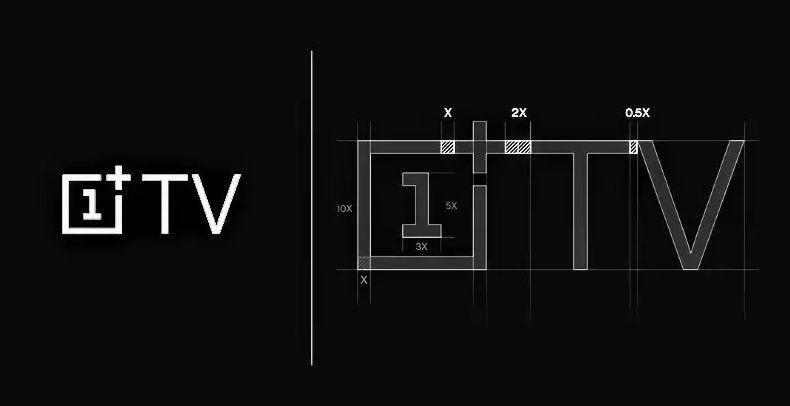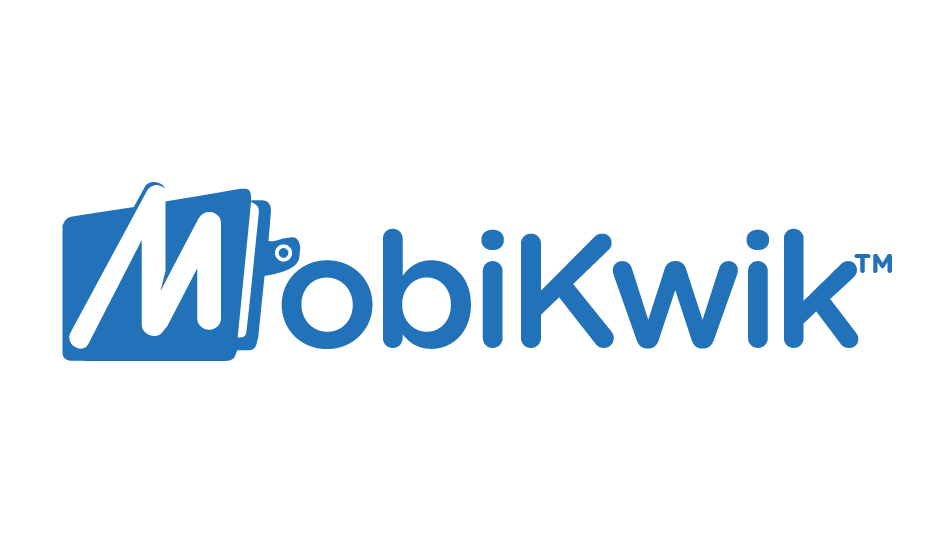Rapido : India’s Biggest Bike Taxi Pooling Service
Though taxis were always there, the ride-hailing services have got even more popular after the companies like Uber and Lyft has come onboard. These apps provide the most convenient method to hire cabs and travel independently. But for a daily basis, these are not the affordable choice for people. In countries like India, there is also a problem of traffic in big cities, which also affect the efficiency of a rental car. But with the motorbikes, there is still hope for affordability as well as escaping the traffic. This very fact has inspired many people to build a bike ride-hailing service, and companies like Uber and Ola are not any exception. Even though these big companies could manage to host the very service, it is Rapido that has successfully established its motorbike ride-hailing service in India.
Rapido was founded by three engineer friends, Aravind Sanka, Pavan Guntupalli, and S.R. Rishikesh, in 2015, in Bengaluru India. Sanka and Guntupalli are childhood friends, and Rishikesh was the flatmates with Guntupalli. Three of them were working as engineers in Bengaluru, earning good bucks, but none of them could not escape from the startup fever.
After the app-based ride-hailing services came to India, all three loved the concept and used those apps to commute to their offices and back. But it was not an affordable option. One fine day, all three decided to overcome this problem and look for some better and affordable option for daily travelling.
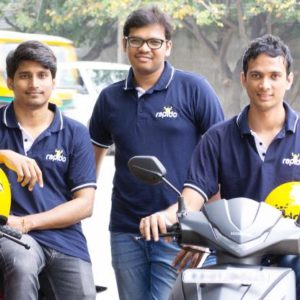
Motorcycles are quite popular in India and are also the most affordable mean of travelling. All the three decided to quit their job and start working on a business model that will help people hire bikes to commute from one place to the other at cheap prices. At the beginning of their business, they named the company ‘theKarrier’. They started theKarrier in November 2014 and rebranded it as Rapido in 2015.
The basic idea behind the startup was to hire people who owned two-wheelers. The idea was different from Uber and Ola, as these company invested heavily on the vehicles. But in the case of Rapido, the bike owners just needed to register on the Rapido-captain app and verify their details with the company. And, they were good to go. Another thing that helped Rapido to rise above its rivals was that it did not bother that the driver wanted to be full or part-timer.
The driver in terms of Rapido is called the Captain, and the company provides its every captain with insurance. For the safety of the rider, it has included a few features on the app. The user gets the assistance just in a single tap on the app. Rapido has also set up a customer care service for the users and also offers perks on the rides.
Almost over 5000 drivers use the app every day, and an average of 15,000 drivers log in to the app every month. These drivers also complete over 30,000 rides per month on an average, and the company aims to make it one million rides per day by the end of 2019. The women drivers have also registered to the app and are successfully earning good money over it. According to the stats, the app usually registers drivers of the age between 18 to 50 years.
In April 2017, Rapido raised an undisclosed amount in its pre-Series A funding, backed by Hero MotoCorp Ltd chairman Pawan Munjal and Google India managing director Rajan Anandan. By 2018, the company has raised $6 million in two rounds and was earning a $1.5 million revenue every month. It hosted the latest round of funding in August 2019 and raised over $58 million in funding led by Westbridge Capital. Rapido wants to spend this money on technical innovation and intends to reach 100 major cities in India soon.
Rapido began its service from Bengaluru and is now expanded to 40 cities across the country, including Hyderabad, Mysore, Vishakhapatnam, Vijayawada, Tiruchirappalli, Madurai, Coimbatore, Indore, Guwahati, Surat, Patna, and the NCR region.
The Rapido founders got their names listed in Forbe ‘30 Under 30 Asia – Consumer Technology 2019’.

Yashica is a Software Engineer turned Content Writer, who loves to write on social causes and expertise in writing technical stuff. She loves to watch movies and explore new places. She believes that you need to live once before you die. So experimenting with her life and career choices, she is trying to live her life to the fullest.

